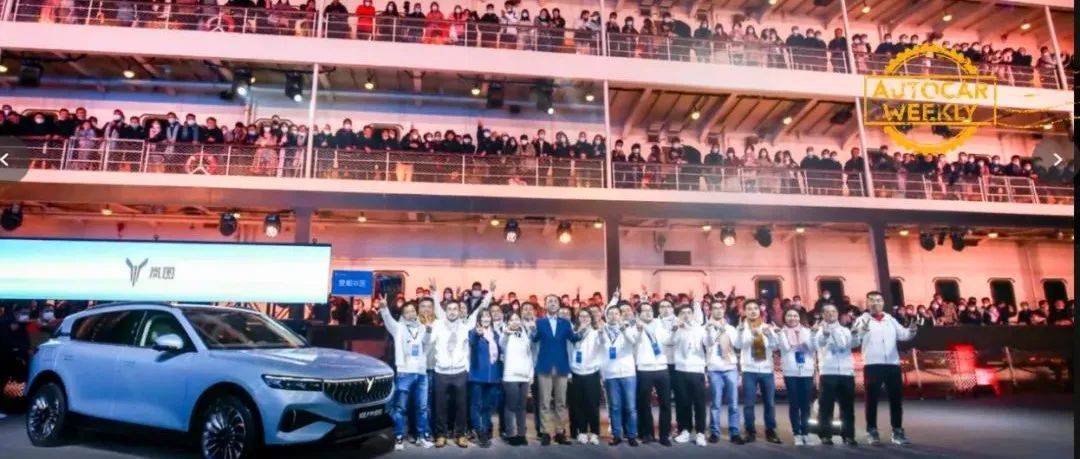*This article is reproduced from the autocarweekly public account.
Author: autocarweekly
More than a year ago, when Dongfeng Motor officially launched the new intelligent electrification brand “Voyah” (“BlueMap” in English), I thought this would be another new brand that tried to be grandiose but missed the trend. This is the empirical conclusion drawn from the name and the inertia of many traditional car companies in the early stages of transformation.
A year later, hundreds of “zero car owners” gathered on the famous Zhiyin cruise ship on the banks of the Yangtze River in Wuhan. They were accompanied by Voyah CEO Lu Fang, Voyah CBO Ye Xin and other senior executives of the company, and Zhiyin was the emotional main line of this event.
And the discussion quickly turned to very practical aspects, such as how to make BlueMap more exciting and interesting, how to make charging easier and worry-free, and how to make cars have singing features that are more enjoyable than mobile apps…
It is obvious that before this BlueMap zero car owner gathering, BlueMap and its users had already formed a very familiar, mutually recognized and trusted relationship, as well as a very pragmatic and down-to-earth language environment.
The cold wind outside the Zhiyin window and the warm atmosphere inside it seem to separate two worlds like a barrier. I stand on the deck, wearing a padded jacket, drinking hot water, and looking at the excited and happy BlueMap users with different lengths of dress, I somewhat believe that BlueMap has found the most correct way to unfold in this chaotic era of uncertainty.
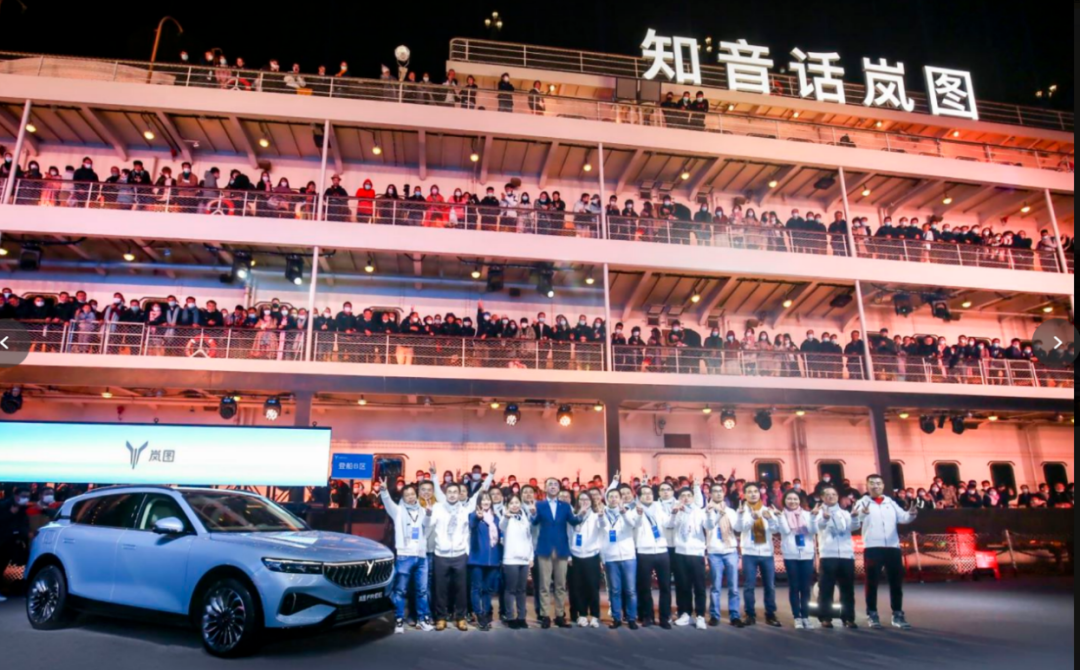
Intelligent electrification has become the future of the global automotive industry that is no longer debated. So far, the three development models of intelligent electrification have gradually become clear.
The first is the new car-making model dominated by Tesla and NIO, which is a new type of car company established based on the enthusiasm of capital and the relatively complete development concept of Internet companies. Their advantage is having no historical burden, novel and timely ideas, while their disadvantage is the insufficient manufacturing foundation, and the need for time to improve their products.
The second type is traditional car companies that introduce intelligent electrification products within their own brands. So far, large international car companies such as Volkswagen and Toyota have chosen this road. The advantage is a strong system force and clear technical support, while the disadvantage is the heavy historical burden and strong transformation pains.
The third type, mainly represented by traditional Chinese companies such as SAIC, GAC, Dongfeng and Geely, is to turn their own parent companies with strong funding and technical accumulation into incubators for intelligent electrification projects, and to create new intelligent electrification car brands with open capital and institutional thinking.The key to the development of this intelligent electric mode lies in the openness of capital, system and human resources. In theory, this approach has a natural advantage compared to the first two modes. Manufacturing processes such as design, research and development, and production are mature, unlike the “three-nothing” of new energy vehicle startups. As a newly established enterprise operating independently and having the significance of a group pilot, it has relatively few limitations in terms of development ideas, and on the contrary it has a natural gene for bold trial and error, and innovative advancement.
Using Enovate as an example, the openness of capital and human resources is the fundamental logic of such enterprises during the founding period. It is also the key to their success or failure. For Dongfeng Motor Corporation as a whole, Enovate is not only an intelligent electric enterprise that caters to the times and emerges in response, but also a pivot for Dongfeng Group to ultimately achieve overall transformation in the era of intelligent electric vehicles, and it exerts a strong “piranha effect”.
Regarding Enovate itself, the brand-new initial design of capital, system, and human resources is also its fundamental factor in whether it can adapt to the times. For some new energy vehicle startups, when they talk about the transformation of traditional car enterprises, they often say that the biggest difficulty in the transformation of traditional enterprises does not come from external factors, but from internal factors.
A typical example is that the new energy vehicle startups believe that as long as the system is refreshed in terms of technological innovation or user-driven aspects, traditional enterprises will be hesitant to move forward. For example, their top executives, even the “boss,” will not be like Li Bin, who throws himself into the river of user operations like a stone, nor will they become users like He XPeng.
Indeed, this issue not only troubles many leaders of traditional car companies, but also deeply troubles reformers like Volkswagen’s Diess. However, enterprises like Enovate have a better chance in the face of the same situation. The openness of capital, system, and human resources will greatly weaken the enterprise’s traditional obstructiveness to innovation. At the same time, a resolute open-minded approach, when put into practice, will quickly form a demonstration and driving effect, bringing new brands and new enterprises into the door that cannot be closed once opened in the new era.
This is the reason why I had completely different feelings and expectations about Enovate a year ago. The entire Dongfeng Group, headed by Chairman Zhu Yanfeng, has a clear positioning and development direction for Enovate, and is also decisive in action.
I appreciate Enovate’s development ideas in its first year. Many companies of the same type usually present a posture of excessive effort at the beginning of their establishment because of an irresistible urge to open a new era.
For example, abandoning their own advantages to compete with the new energy vehicle startups in terms of PPT, or playing the money-losing game that is diametrically opposed to the user-side of the new energy vehicle startups, or even worse than the bad strategies of the new startups that have begun to plague the new development stage. If the mentality of throwing away insulated cups and wolfberries like an elderly person and comparing themselves to young people in the hip-hop world is used to do an intelligent electric project, the result can be imagined.“`
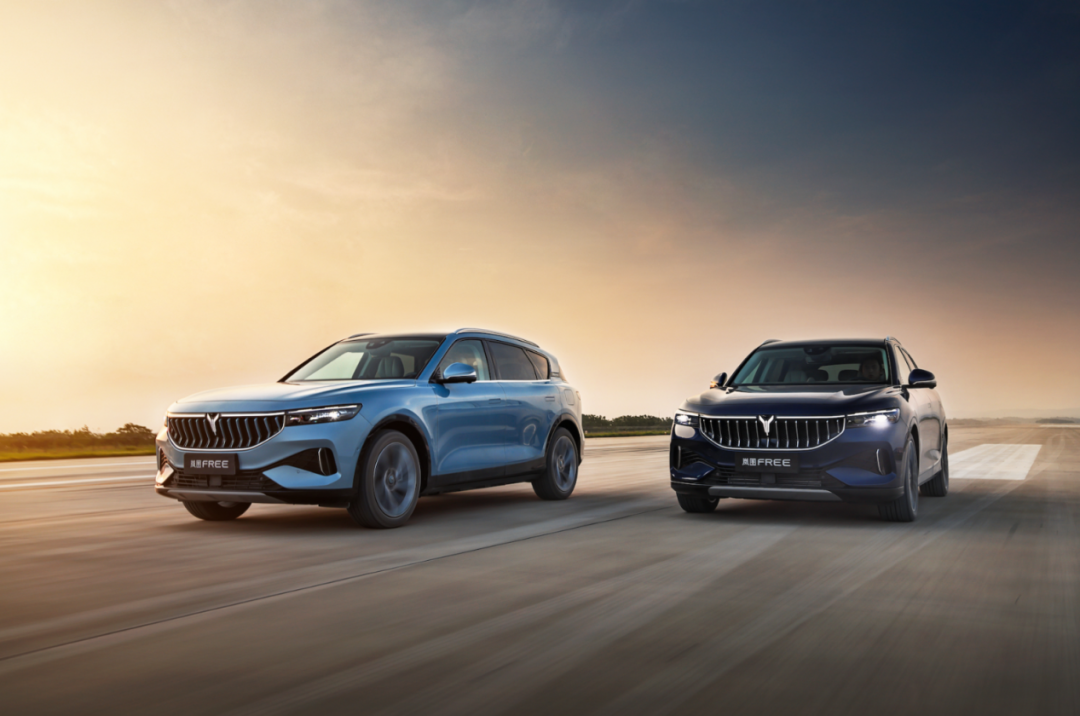
Voyah’s approach is very pragmatic in my opinion, which belongs to a solid rather than a leap-forward approach.
Firstly, it is about relying on one’s own strengths. By the way, this is the foundation for any enterprise when thinking about transformation. In the Three Questions of the Soul, the first question is always “Who am I?”. Up to this day, the three powerhouses of NIO, XPeng, and Li Auto have accumulated certain advantages among the new forces, which are completely different from each other, and they are the results of their rational answer to the question of “Who am I?”.
This is especially true for historically transformed enterprises. In short, if you have been thinking about who you want to be at the point of transformation, you will basically become a supporting role or cannon fodder in the industry’s upgrade. If you think about who you are in the new era, you will have a greater chance of success.
From the development of Voyah, I see a relatively solid thinking trajectory of relying on one’s own strengths. Although from Zhu Yanfeng to Lu Fang, they prefer to emphasize the establishment and improvement of user thinking in public occasions, the cornerstone of Voyah’s user logic is rationally placed on the core advantages of Dongfeng Motor, rather than today’s ubiquitous user mythology, which is essentially dangerous user utilitarianism and generalized marketing.
The foundation of Voyah’s user thinking is the logic of mutual anxiety between users and enterprises, which conforms to the law of establishing direct communication between enterprises and users. At the user level, the automotive industry needs to eliminate the unreasonable status quo formed by the buyer’s market in the past 20 years in terms of information symmetry, service level, communication path, etc. This is even irrelevant to the big background of the industry’s smart electric upgrade. Even without this background, the automotive market has developed to the point where companies need to re-examine user logic. Intelligence is nothing more than providing better tools.
The first carrier for enterprises to establish relationships with users will always be the product. Voyah sees this issue very clearly. The first question this brand faced was how could a car above 300,000 RMB sell under the Dongfeng brand. If Voyah cannot answer this question well, it can only exist on paper.
And this is also the critical battlefield for Voyah to showcase its core strengths. Judging from the first batch of owners of Voyah FREE, the new brand has successfully laid the first foundation. In the first month of its launch, 408 units were delivered, and in the second month it rose to around 900 units. Without chip restrictions, surpassing the 1,000 mark is not a problem.
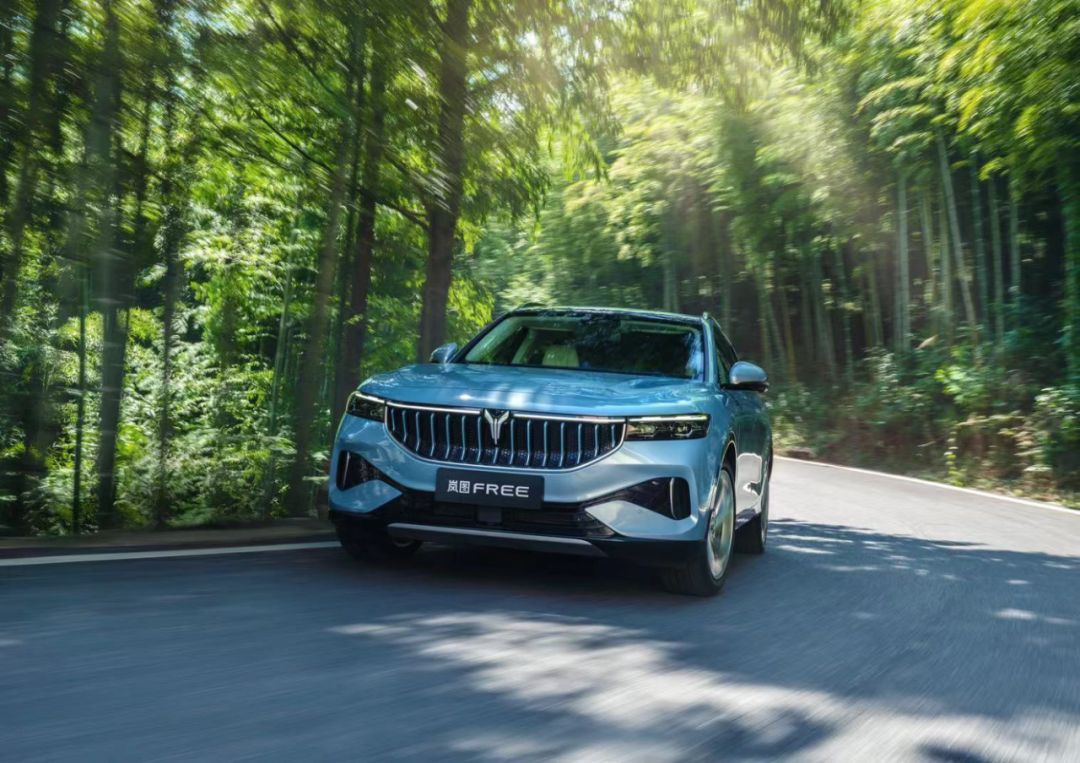
“`# Translation
The vast majority of the owners of the Voyah car are not first-time buyers. Over 70% of their customers had previously owned ABB-level products. As the penetration rate of electric vehicles reaches 20%, the first group of Voyah users has shed the radical consumerism that the likes of Tesla initially faced. The temperament of the Voyah Zero user group is characterized by both passion and rationality.
Without Musk’s built-in halo or the fanbase-creating means of Xiaomi’s promotional efforts, the Voyah users who choose the 300,000 yuan Voyah FREE can only be said to have faith in the product.
Whether a product suits its intended user is the determining factor for the “who am I” question for any new brand. Voyah, without a superstar halo, was exemplary in its initial response to this question in its first year.
Once the foundation of product and user connection was resolved, Voyah had the foundation to solve all its problems. Using Zhu Yanfeng’s 5W Voyah theory, Voyah’s user logic can be further explored.
“Who are my customers? Where are my customers? What do my customers need? What can I do for my customers? What else can I do for my customers?”
Persistent responses to these questions, like cooking small fresh dishes in a luxurious hall, will ultimately blend Voyah’s core advantages with the brand spirit and corporate culture through customer feedback. The hall is the foundation of trust between the enterprise and the user, derived from Dongfeng Group’s system, manufacturing power, and creativity. Without this foundation, everything else is just unsubstantiated marketing.
Let us take a look at what delicious small dishes Lufang has prepared on Voyah’s luxurious hall.
One of them is orderly co-creation. The reason for emphasizing orderliness is that there have been countless cases of followership that are detrimental to the product’s development, resulting in giving genuine feedback, complaints, or even affecting normal development processes.
Cars are the crown jewel of the manufacturing industry, and they are at the forefront of the industrial field, whether in terms of core technology or aesthetic design. Crowdfunding, the so-called co-creation, which is simply aimed at generating product trends, is a marketing strategy to beat around the bush.
Even in the fields of mobile phones, home appliances, and other industries, the core design of products depends on professional and forward-thinking designers. Have you ever heard of how Steve Jobs, when brainstorming for the next generation of Apple’s mobile phone, gained insights from looking at app messages?
Voyah’s setting for user co-creation scenarios is relatively mature. On the one hand, in terms of core product design, users and some media outlets are involved through prior high-frequency experiences, with co-creation focusing on the specific application, driving feel descriptions, and detailed localized design. This practice of expanding the test population and collecting more comprehensive information is commendable.At the level of smart car applications, Landtu adopts a more open attitude towards user co-creation. In Landtu FREE’s first OTA, the KTV software that users unanimously requested was built into the in-car system. As the degree of car automation increases, the design boundaries of car intelligent software will become wider and wider, and the final logic of mobile software is also collectively determined. Therefore, an open attitude towards intelligent software is in line with the future development of smart cars.
Regarding the issue of anxiety over mileage, Landtu has provided the most complete solution in the industry, fully responsive to Zhu Yanfeng’s “5W theory”. It includes bundles covering almost all possible scenarios of power shortage, such as charging stations, fast charging, temporary battery swaps, and emergency power points. This ensures that Landtu users can achieve zero anxiety over mileage.
It is worth mentioning that mileage anxiety is a user anxiety that has appeared with the birth of electric vehicles. With the development of battery technology, in fact, mileage anxiety scenarios are no longer high-frequency on a daily commuting level. However, the degree of user anxiety about mileage still exists, and will continue to exist for a long time.
Compared with Tesla and NIO, who put in a large investment initially to solve mileage anxiety to prove “I can do it”, Landtu’s zero dead corner power supplement system seems too honest. In my opinion, this conveys two basic points of Landtu’s thinking: first, the improvement of the future charging environment relies on joint construction by car companies, and Landtu wants to be a builder; second, user anxiety must be addressed, even if it is anxiety about low-frequency small scenarios.
These two ideas are very worthy of pondering. The first one explains Landtu’s industrial pattern: it is not only a smart electric car manufacturer and seller, but also a participant in the future transportation industry. The difference between the two determines the scale boundary of the company’s future development and also reflects the company’s understanding of its own responsibilities in the future transportation industry. Landtu aims to be a builder of the infrastructure of the future transportation industry.
The second idea fundamentally explains the relationship basis between the company and users-trust and mutual relief of anxiety.All stable relationships must inevitably be mutually beneficial, and the basis of trust always requires common benefits.Lu Fang said that Landtu’s goal is to resolve user anxiety and leave anxiety to Landtu.
In my opinion, a company which can sincerely resolve user anxiety will inevitably resolve its own anxiety. This is an interactive process. If we talk about the sustainable advantages of independent brands today, the sincerity to resolve user anxiety is the most important.From other manufacturing industries, even to software application industry, this is China’s core competitiveness. Understanding customers’ anxiety and the ability to implement solutions quickly, will be the biggest advantage that OTA brings to Chinese companies.
Voyah’s range anxiety solution, shows that Voyah fully understands this advantage and is striving to put it into practice.
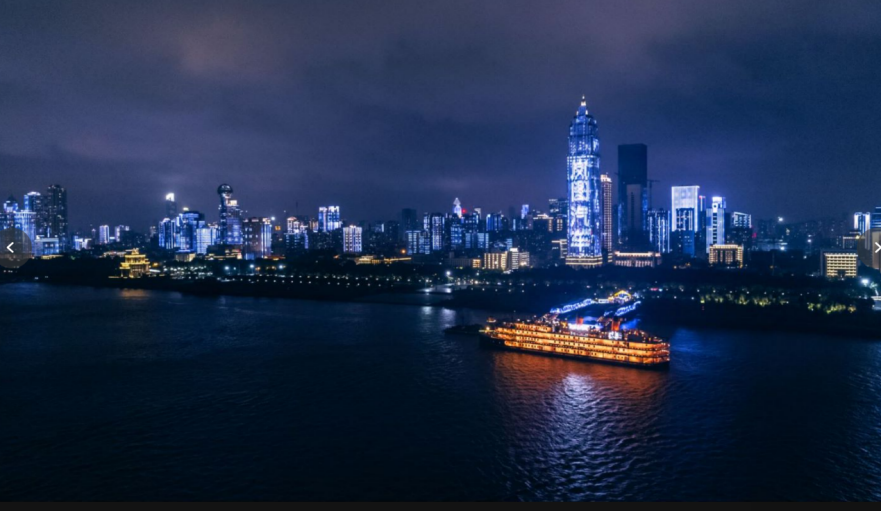
From Voyah FREE, to the Voyah in the minds of future Zhu Yanfeng and Lu Fang, there are of course many mountains and countless dangerous rapids in between. This is the awakening that all new and old participants in the automotive travel industry should have for the new era.
I never doubt the sincerity and ability of the vast majority of participants, even if some of them are called scammers. However, those who bravely move forward in the rapids may need to understand that the final destination may be determined by the idea they had when they plunged into the water with all their might.
Voyah has a good start, finding a point that is not easy to pinpoint, and hopefully this picture can unfold along the initial stroke and become wonderful.
This article is a translation by ChatGPT of a Chinese report from 42HOW. If you have any questions about it, please email bd@42how.com.
